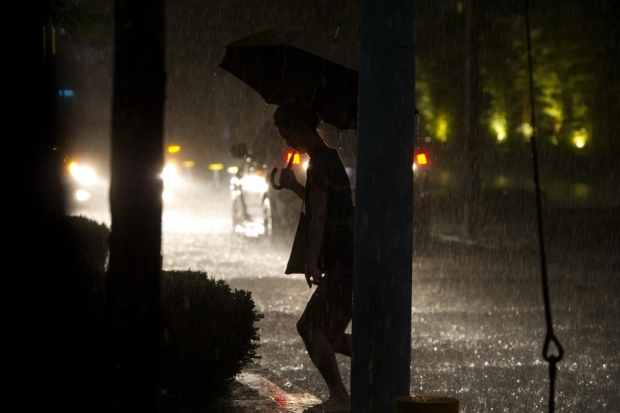In the face of mounting criticism from online commentators and state media, Beijing city officials have finally raised the official death toll of the devastating floodwaters that hit the city last weekend from thirty-six to seventy-seven. The announcement, made by state-run news agency Xinhua on Thursday, comes after city officials for days stood stubbornly by their initially reported number, despite field reports from Chinese and foreign journalists and netizens that plainly showed the number of deaths had been underreported. Curiously, even the People’s Daily published an editorial entitled “Casualty Numbers Are Not a ‘Sensitive Topic,’” which obliquely criticized the Beijing government’s failure to update the death toll.
The episode may bear a strong resemblance to Beijing’s handling of the SARS crisis in 2003, when the government failed to disclose the true number of patients infected with the alarming new virus, until local whistleblowers and international media attention forced them to come clean. But this time things seem different. After announcing the change in official death toll on Thursday, the host of the popular CCTV news program News 1+1, looking solemnly into the camera, proceeded to read out the full names of the victims that have thus far been identified. Sixty-one names were read, taking about ninety seconds of airtime.
The official recognition of the names of the deceased individuals is a significant departure from the way in which the Chinese government has handled mass disaster-related deaths in the past. An institutional habit of treating events like disease outbreaks and natural disasters as state secrets marked the government’s responses to crises including the spread of AIDS and avian flu, and the devastating 7.9-magnitude earthquake in China’s southwestern province of Sichuan in 2008.
In spite of the government’s continued lack of transparency in providing disaster-related information, citizens have not backed down from asserting their right to know the truth. In response to the government’s refusal to release the names and details of the students killed in the Sichuan earthquake, the artist and provacateur Ai Weiwei and his team took up the arduous task of interviewing parents and compiling information from the schools in Sichuan to create a comprehensive roster of the student victims, which eventually came to around 5,212 names as of July 2009. “I kept a blog constantly questioning the problems,” Ai told Time magazine in a 2009 interview. “How many people died, who are dead, how many of them were students, what are their names, and how many deaths are related to the collapse of school buildings ... You keep waiting and waiting ... and one day you think, there is no hope.”
The issue of how a government remembers the victims of internal disasters was raised most recently with the passing of the one-year anniversary of the 2011 Wenzhou train collision that resulted in the deaths of forty people. As Sichuan-based writer and blogger Li Chengpeng wrote in a recent essay entitled “Untouchable Memory”:
There was no memorial monument, not even one stake has been planted [for the Wenzhou collision]. Germany, after the Eschede train crash [in 1998], erected a memorial wall, onto which each victim’s name has been inscribed. 101 Wild Cherry trees were planted, one for each victim, in remembrance. On the site of the [Amagasaki train crash] in Japan, the word—“life”—has been carved onto the grassy slope ... But China does not like building memorials for painful events. The only memorial monuments that have been constructed have been to commemorate glorious achievements. The train carriage that they tried to bury was eventually moved to a cargo yard where it now sits in an enclosed area. It is patrolled by security guards, precluding easy access and thereby the act of remembering.
Given this history, CCTV’s reading of victims’ names is a promising sign. It may be a long way from the kind of transparency and accountability China’s netizens are demanding, but it is a step in the right direction.




